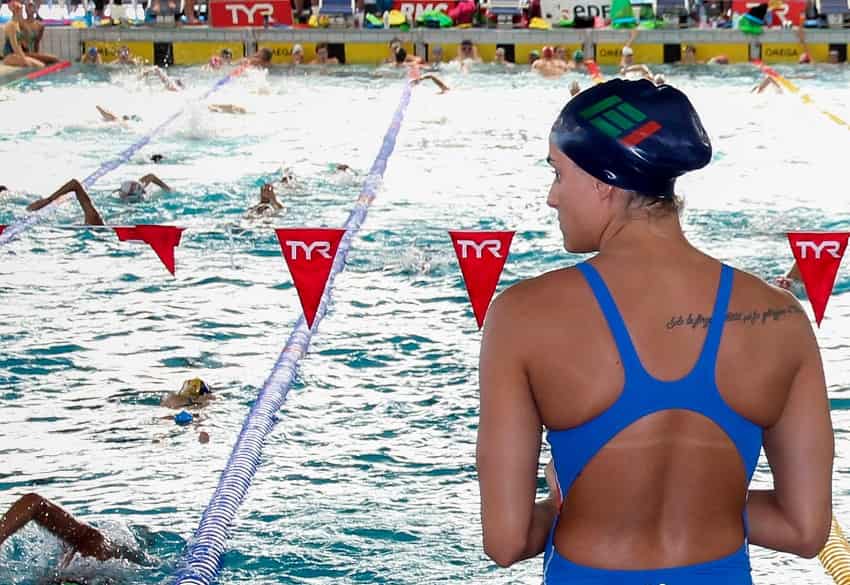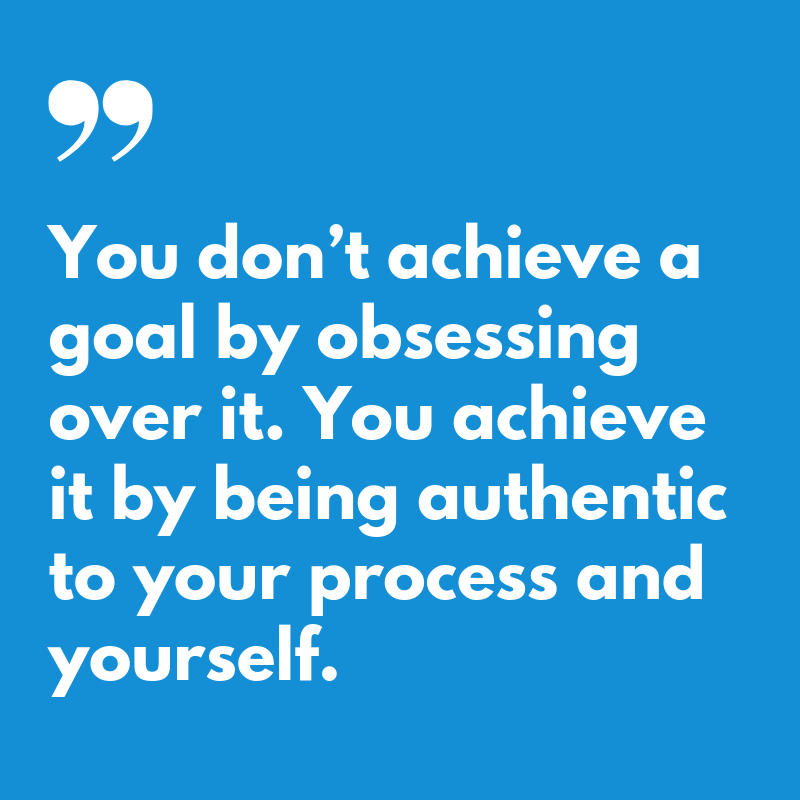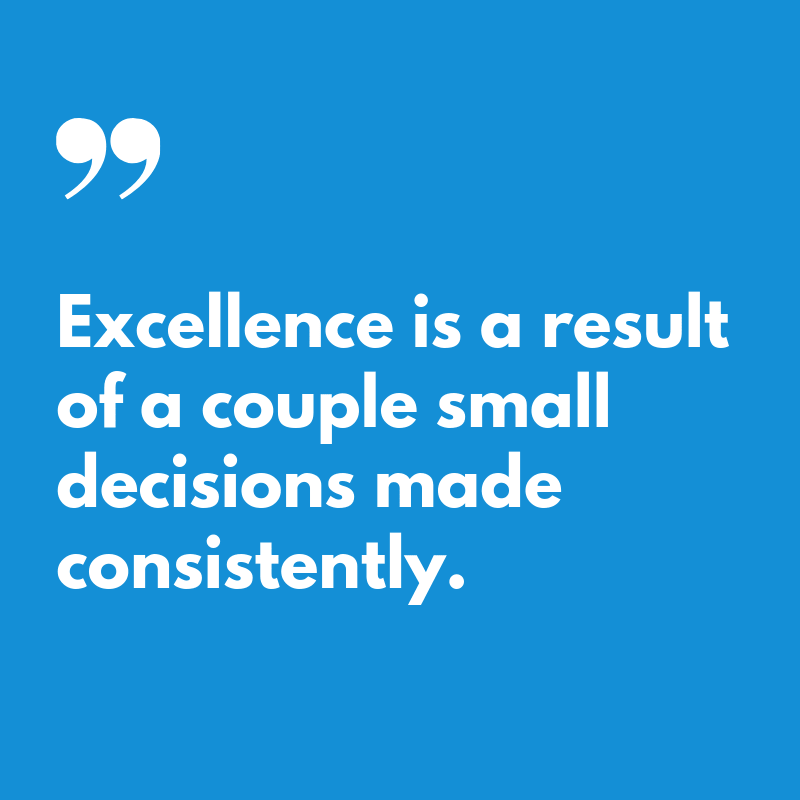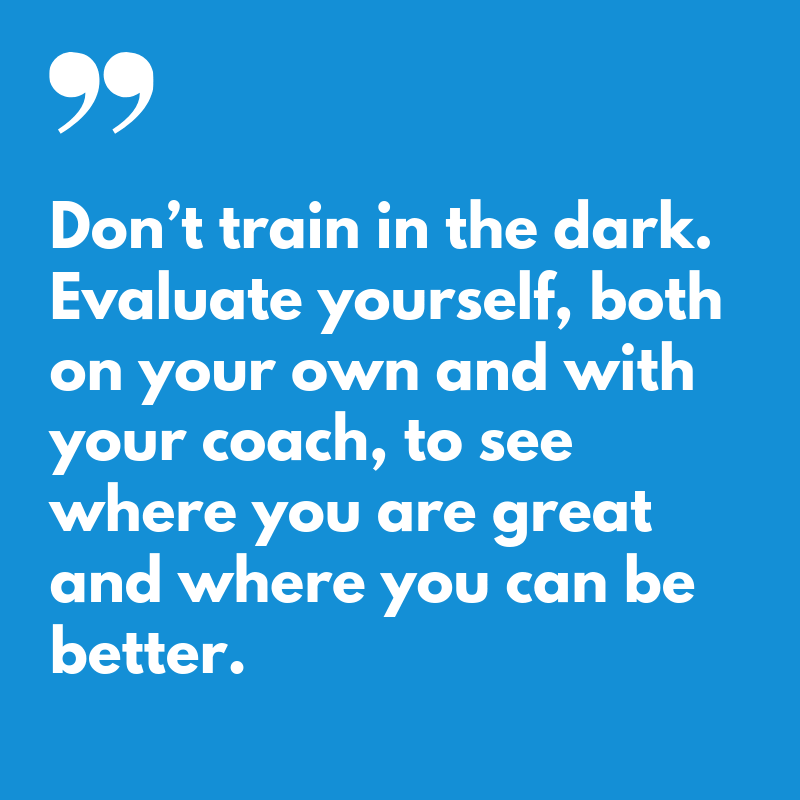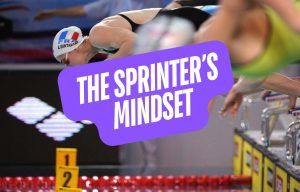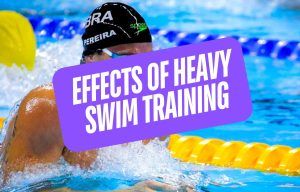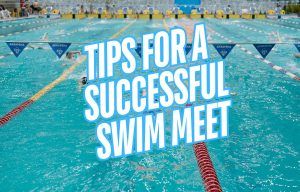When swimmers have big goals, but don’t understand what it takes to accomplish them, it leads to unnecessary anxiety and depleted self-efficacy. Here’s how swimmers can increase follow-through with their goals in the water.
Swimmers like their big goals.
Olympics. World records. Goal medals. State cuts. PB’s. All day.
But there’s no getting around the fact that many swimmers struggle with connecting the big goal to the work that needs to consistently happen. They have the big ambitions and dreams, but wrestle with the execution, get anxious, get frustrated, don’t react well to setbacks, over-estimate the work required, and so on.
In this little guide, we are going to hook up Power Towers to the goal setting muscles of your swimmers.
Our exercises of choice:
Connecting the work to the goal. A big goal is great, but swimmers often underestimate the work required to achieve it. Being realistic about the process is important.
Reducing goal anxiety with a challenge-based mindset. Even talking about setting big goals can be a case in excess anxiety for some swimmers. Instead of thinking what they can achieve, they focus on what could happen if they fail. A challenge-based mindset helps swimmers deal with the normal anxieties of pushing into the unknown.
Building epic levels of follow through. By using regular evaluations, writing out a simple process they can believe in, swimmers are more likely to buy-in to their goals and commit over the long term.
Here’s a step by step plan that will help your swimmers take their goals and fortify them with the commitment to follow through with them.
Step 1: Preview the journey by journaling it.
This is one of my favorite exercises to do with swimmers, because it reveals a lot about the mindset that a swimmer rolls with over the course of the season.
This goal setting exercise is as simple as it is powerful: grab a notepad (writing, not thumbing it into a text file into the phone or a Word doc) and write out the story of the season. From the moment a swimmer finishes their event on race day, to the present moment, let’s see the details, the trials and triumphs that they face and overcome. The great workouts. The bad workouts. The injuries. The in-season PBs. And so on.
Done properly, this exercise is a fantastic preview for how a swimmer’s season will unfold.
Do they think that it’s going to be smooth sailing from day one? Do they not anticipate getting injured or sick along the way? Are they prepared for adversity? Are they focused on building the little wins along the way? Do they understand the value in progressing with their process? Do they have a positive relationship with pre-race nerves?
From plotting their little victories in training, the conquering of adversity, and spotting the soft spots in their expectations, journaling the journey adds a world of texture and realism to what can seem like wishful thinking.
Step 2: Build a simple process.
The goal is one small part of the season—having the process is the biggie.
An effective process starts with some simple questions: What do you need to do to achieve your goal? What needs to happen on a daily basis to achieve excellence?
This step is not and should not be complex. A powerful process is simple because it’s easy to be consistent with it.
When legendary butterflyer Mary T. Meagher decided as a 13-year old that she wanted to break a world record, she didn’t try to overhaul all of her lifestyle and training habits. She focused on mastering two things: showing up to practice on time and doing every turn to the best of her ability. This was her “process.”
Seems super simple on the outside, but don’t get it twisted—this kind of laser-focus on doing two things really well quickly infected the rest of her swimming with excellence.
She didn’t need to overhaul her whole life in an instant—everything else in her swimming improved organically over time by focusing on those simple two things.
Step 3: Build self-awareness through regular evaluation.
Are you the kind of swimmer who shows up to swim practice a couple times a week and then is surprised when they stink it up on race day? Or the swimmer that expects to train hard for two weeks and then drop twenty seconds off all their personal best times?
Having skewed expectations like this are a guaranteed way to drain motivation and belief in your goals.
Over-estimating the value of the work we are doing and underestimating the work necessary to achieve a big goal are quite normal.
(I still do it plenty both in and out of the pool. Optimism bias is human instinct.)
One of the ways to be more realistic about the work that is being done and the work that should be getting done is setting up regular backstops in the form of evaluation. They are key for developing the self-awareness to know if a swimmer is on pace to achieve their goals.
Here are some simple ways to do this:
- Write out your workouts and how you did that day in the water.
- Grade your effort each day after practice.
- Schedule weekly swimmer-coach meetings to solicit feedback on progress and opportunities for improvement.
Elite swimmers aren’t just absurdly talented—they learn what works and capitalize on ways to improve faster than the rest.
Being able to constructively accept feedback is a big part of what makes successful swimmers successful, so evaluate regularly, and go to the pool with a relentless curiosity for how to be better.
Step 4: Focus on developing challenge-based mindsets.
Goals are fun and great, but they can create a mudslide of anxiety, sending us careening off our path. Which doesn’t really make any sense. We dream up the dream, think about all the awesomeness that would arise from achieving it, and then get immediately besieged by what ifs and anxiety.
What if I work hard and don’t achieve my goal? What if I’m not talented enough? What if I lose count during my race?
This kind of self-talk is gas-soaked kindling for anxiety and doubt. When you are constantly viewing the things you have to do in order to improve with a threat mindset, you are tense, going to under-perform, and are just generally gonna have a rough time.
This is no way to train and a miserable way to chase excellence.
A quick way to shift to a challenge mindset is dropping the I have to in the vocab and replacing it with I get to.
Check the difference:
- I have to go practice today.
- I have to do a threshold set tonight.
- I have to eat better to achieve my goals.
- I have to hit my race pace tonight otherwise I won’t swim fast enough at the big meet.
Switch those around to an I get to and suddenly things sound more like a challenge:
- I get to go to practice today.
- I get to do a threshold set tonight.
- I get to eat better to achieve my goals.
- I get to see how many times I can hit my race pace tonight.
This simple tweak in language probably looks harmless. Meaningless.
But the actions, behaviors and emotions a swimmer uses in the pool are dictated by the self-talk they use. I have to creates anxiety and pressure where it isn’t necessary. I have to starts a swimmer off in a position where they are playing to not lose, compared to playing to build and improve.
I get to is a reminder that these aren’t insurmountable problems you are facing, they are challenges.
Opportunities.
Things you are lucky to get to take on.
An emphasis on I get to is a reminder to be grateful for the process, will reduce the threat mentality, and help maintain perspective during the highs and lows of the season.
More Stuff Like This:
The Swimmer’s Guide to Performance Anxiety and Pre-Race Butterflies. The stress and anxiety of competition is universal. Here’s how to navigate the sometimes confusing mindsets and emotions that happen before swimmers race.
This Mental Training Workbook Will Help You Swim Like a Rock Star This Season. Confused about mental training? Want to unleash pro mode on your swimming this year? Learn how this mental training workbook will change your mindset and help you pummel your PB’s this season.

